Statistics Assignment: Hypothesis Testing and Confidence Intervals
VerifiedAdded on 2023/05/28
|5
|630
|296
Homework Assignment
AI Summary
This statistics assignment provides a comprehensive solution to a hypothesis testing problem. The solution begins by defining the null and alternative hypotheses and then proceeds to calculate the t-statistic, degrees of freedom, and critical values. The assignment explores both two-tailed and one-tailed tests, determining whether the product diameter differs from the intended value. The p-value is calculated and used to make a decision about rejecting the null hypothesis. The assignment also includes the calculation of a 95% confidence interval for the population mean diameter, and a sample size calculation to achieve a desired margin of error. The document references relevant statistical concepts and provides clear explanations of the steps involved, supporting the conclusions with the confidence interval and explaining the impact of a one-tailed test. The solutions are based on the given sample data, standard deviation, and significance level. The assignment concludes with the altered hypotheses for a one-tailed test.
1 out of 5
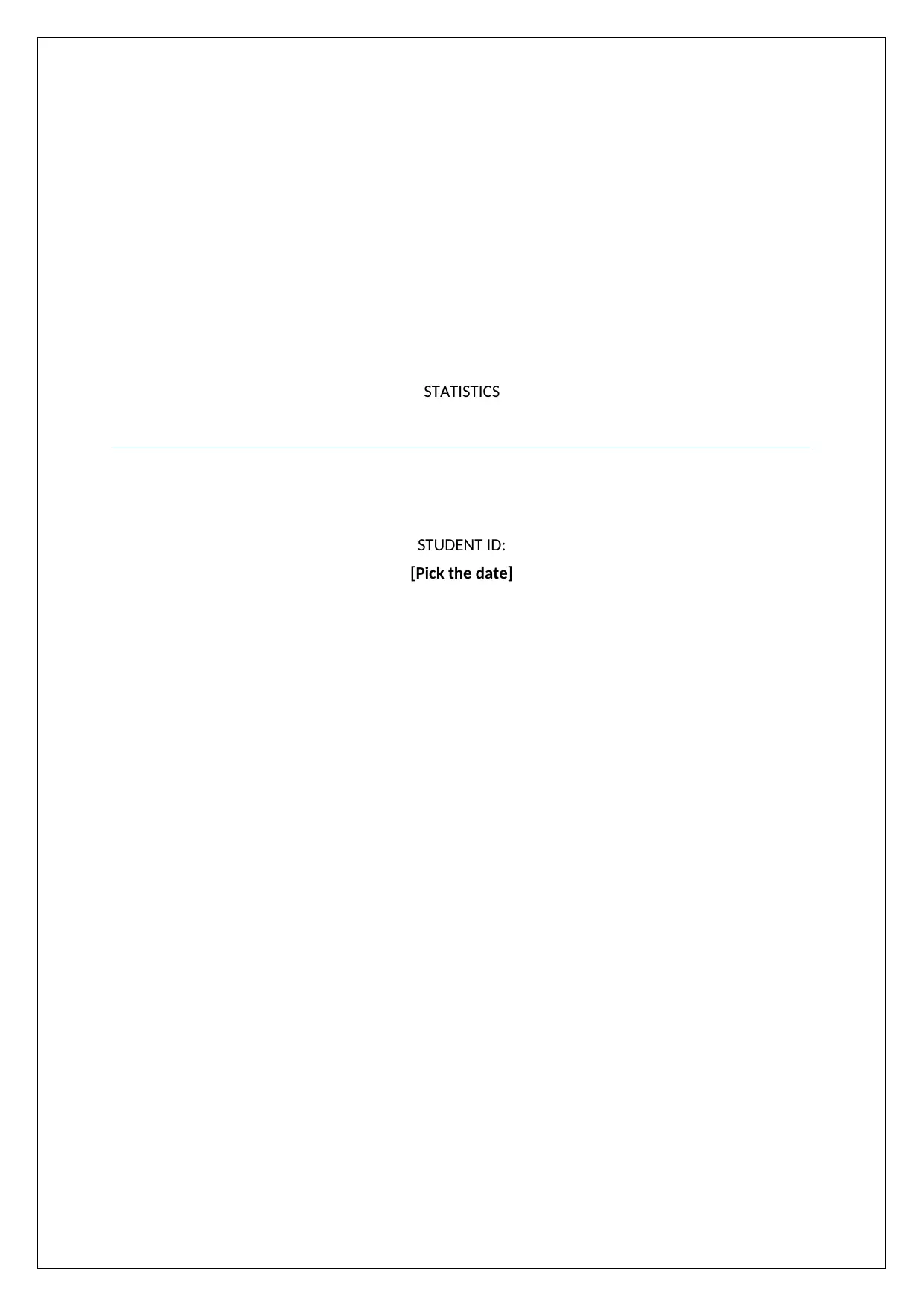
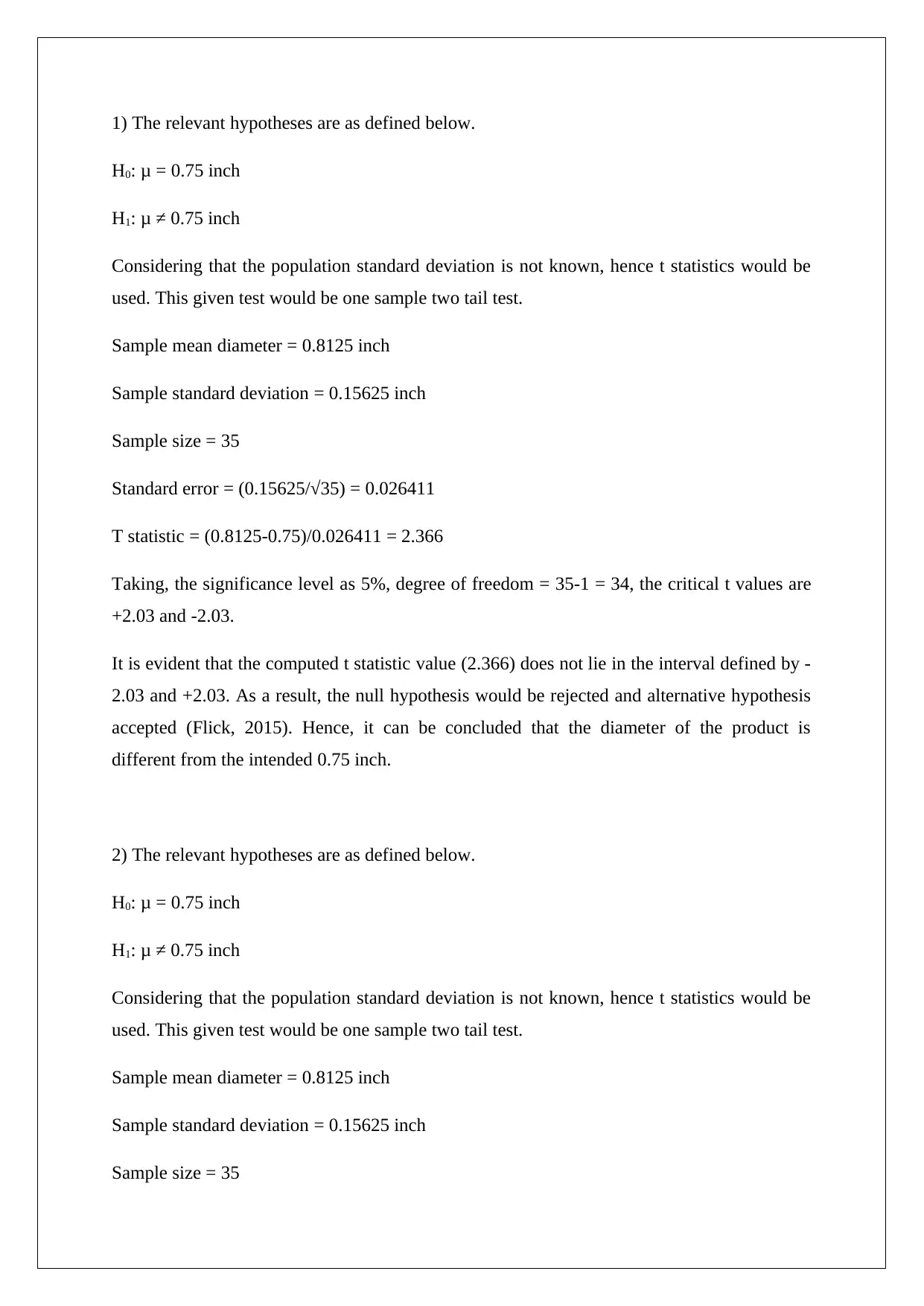
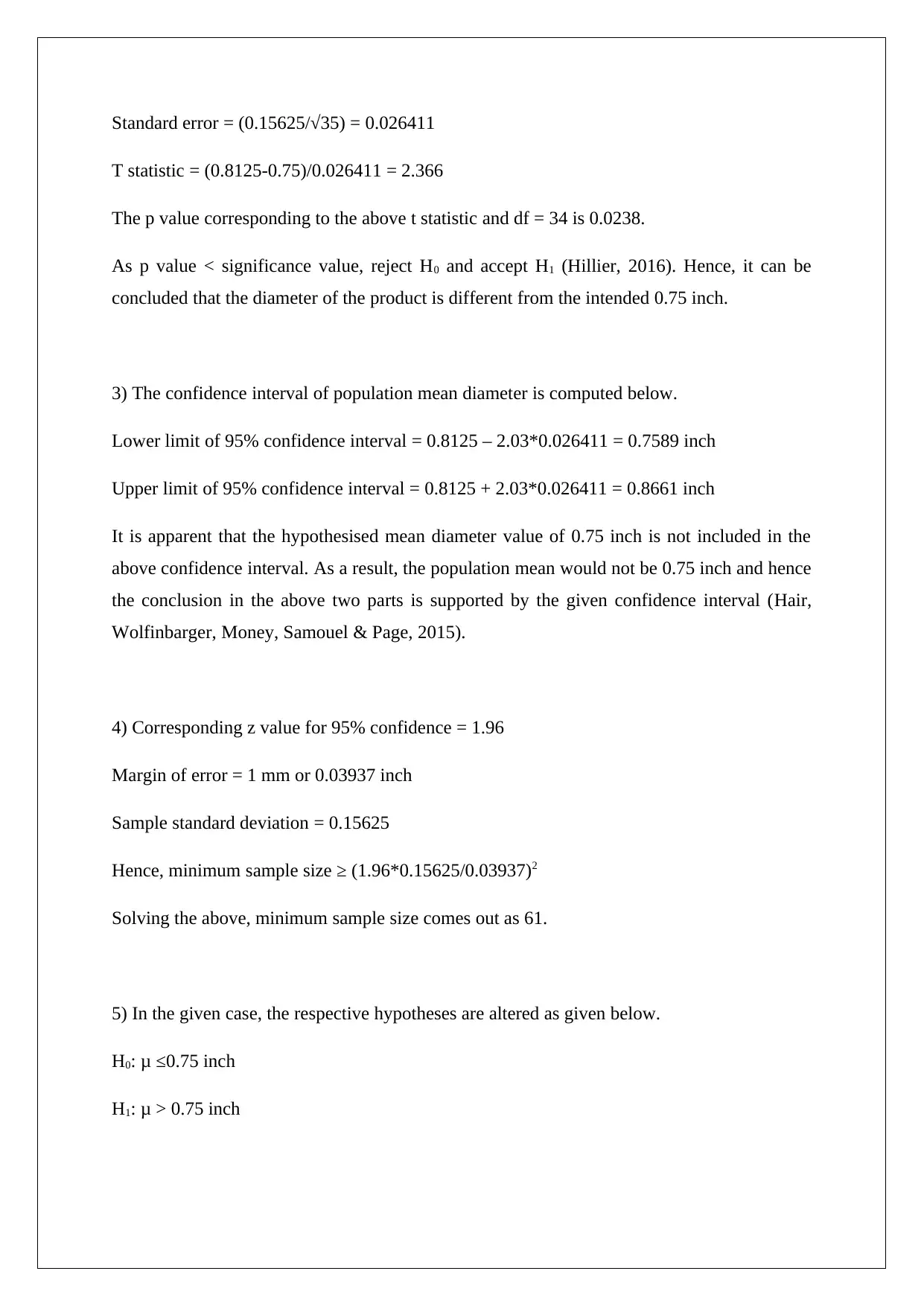

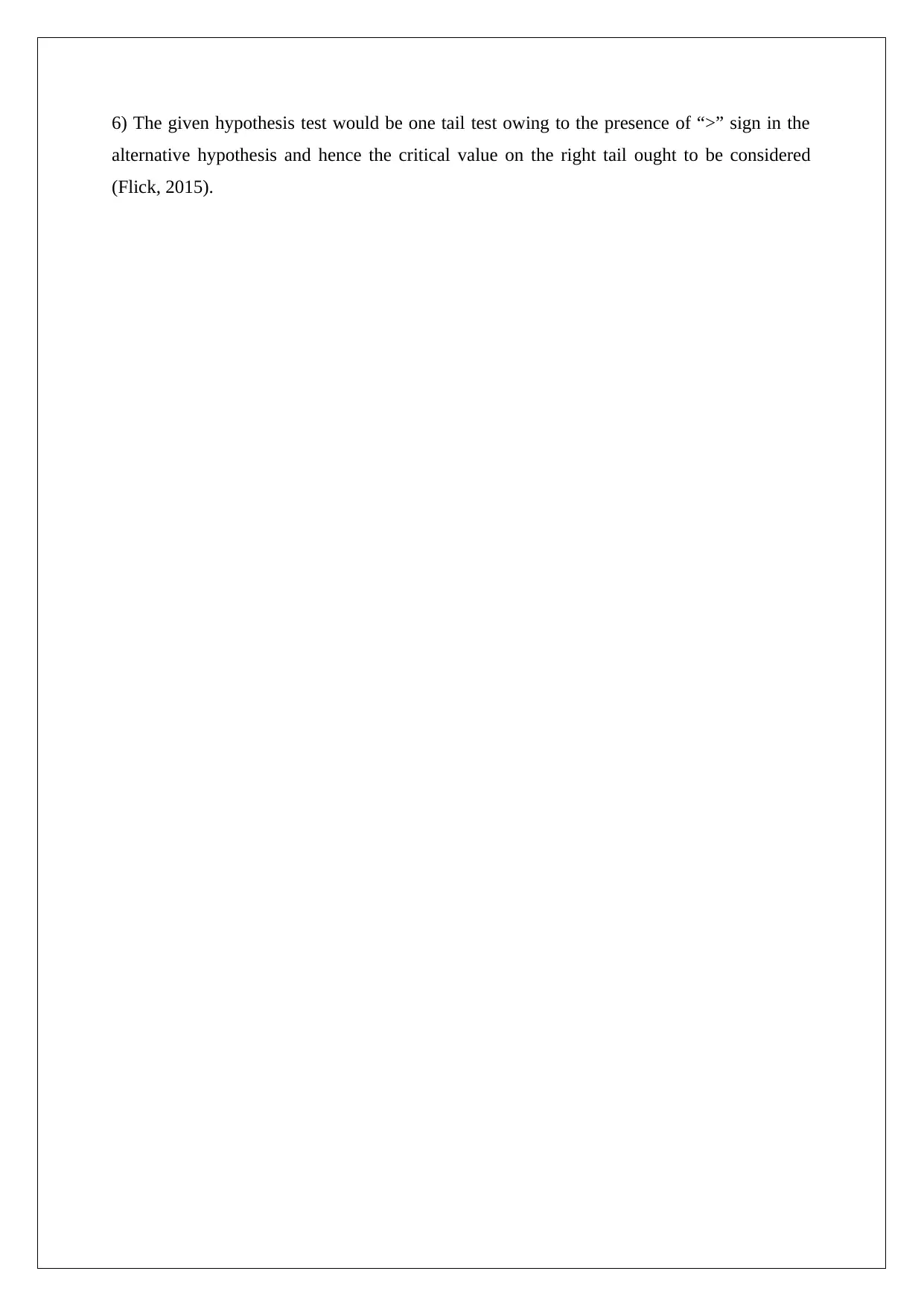
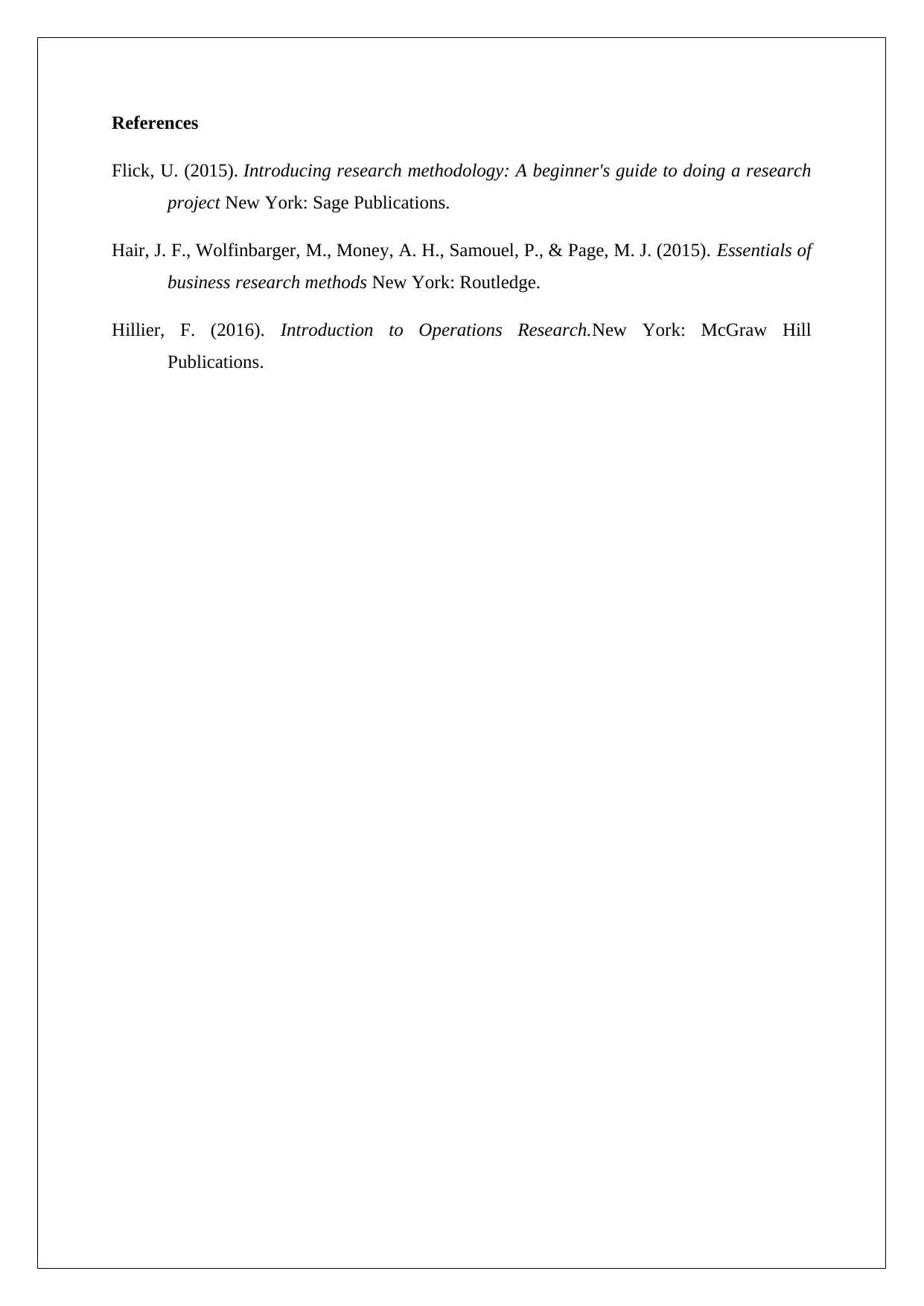






![[object Object]](/_next/static/media/star-bottom.7253800d.svg)